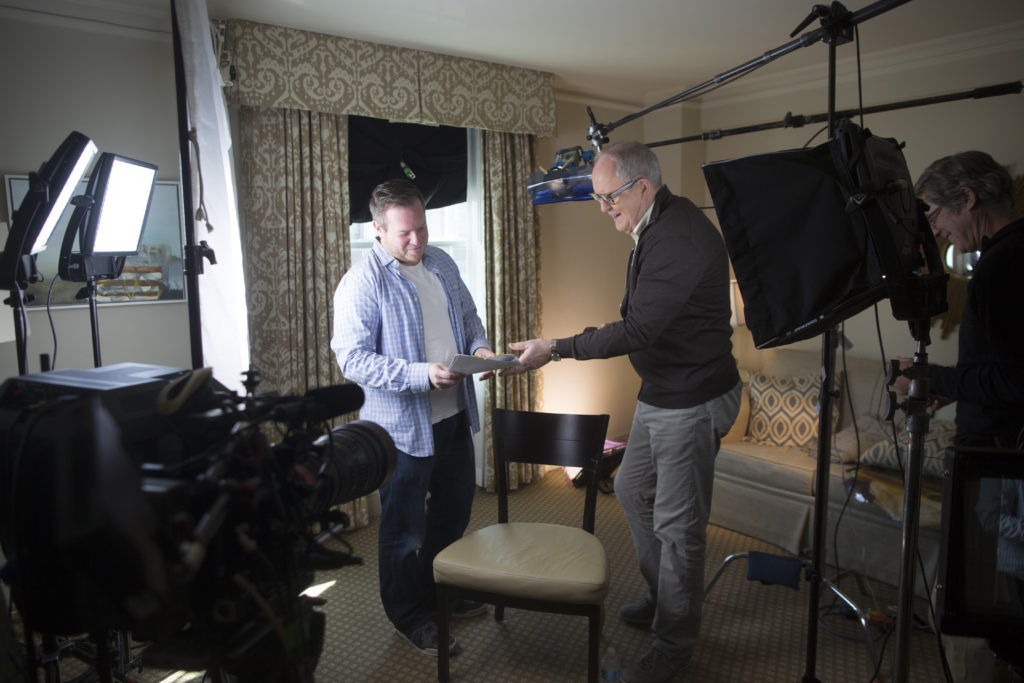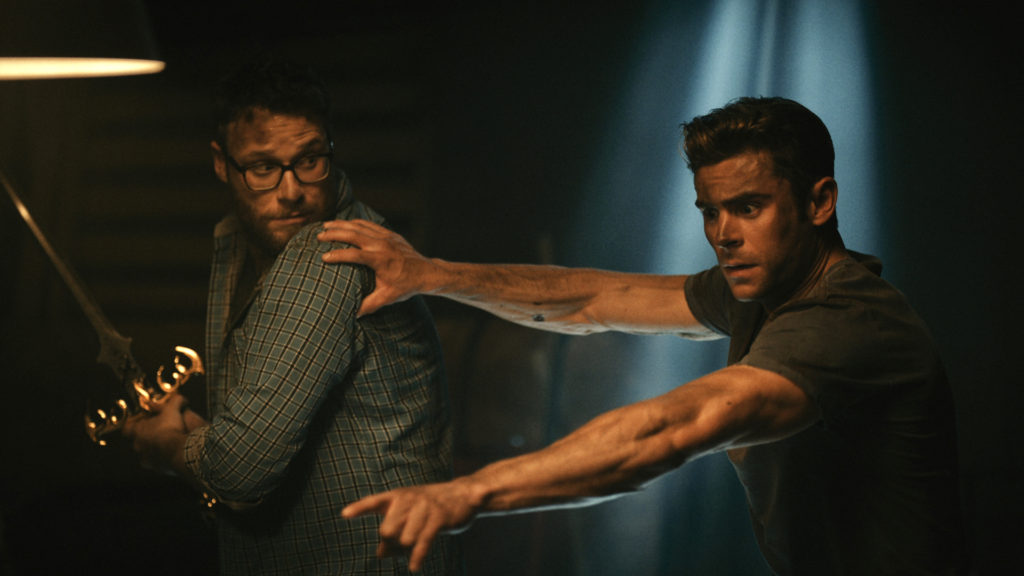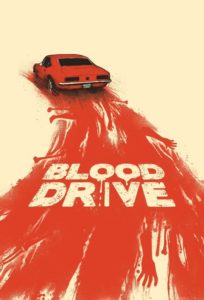 In our new column Deep Focus, TrunkSpace is going behind the camera to talk with the directors, writers, and producers who infuse our world with that perennial pop culture goodness that we can’t get enough of.
In our new column Deep Focus, TrunkSpace is going behind the camera to talk with the directors, writers, and producers who infuse our world with that perennial pop culture goodness that we can’t get enough of.
In the second part of our interview with James Roland, creator, writer, and producer of the SyFy series “Blood Drive,” we’re discussing budgets, crews, and season twos!
(Read the first part of our James Roland interview here.)
TrunkSpace: Another one of the great things about “Blood Drive” is the direction. A great example of this is when Fat Elvis is being butchered in the episode “Welcome to Pixie Swallow.”
Roland: Yeah. That was the brain child of writer, Marc Halsey. He wrote that episode and came up with that. That was very specifically scripted and then David Straiton, our executive producer who directed some of the episodes, just nailed it. That was the goal. We didn’t want to just shoot a standard show that happened to have grosser moments in it and then slap a fake 15mm filter over the top. Because if you notice, we don’t do that. The trailer and the promos did that, but we were more interested in being true to the spirit than just the aesthetics.
What we challenged our directors to do, what David supervised all of the directors and challenged all the other directors to do, was to dig into the specific genres for each episode. Rather than just choosing color, really get into having a frame, why they were edited that way, and why they were effective. I think a lot of shows say, “Hey, we gave our directors creative freedom.” We give our directors A LOT of fucking freedom. That whole episode 6 where Christopher goes into the secret room?
TrunkSpace: Where he meets Julian in the hallway?
Roland: Yeah. And the room is spinning. Not scripted. That was the director and the production designer going, “This is a cool room. How can we make this even more interesting? How do we get it to the next level?” Somebody came up with idea of, “What if there’s throw-up on the floor, the cement, and all over because it makes it all look cooler?”
Then we had an amazing camera operator and he had this rig where you could rotate the camera completely around. We didn’t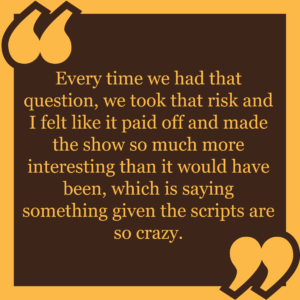 have enough money to get a gimbal, and for people who don’t know what that is, it’s where the whole room rotates upside down. It’s how they did the “A Nightmare on Elm Street” stuff where she’s on the ceiling. We didn’t have that, so that was our cheap, Grindhousey way of doing it and it turned into a really cool, sci-fi driven moment.
have enough money to get a gimbal, and for people who don’t know what that is, it’s where the whole room rotates upside down. It’s how they did the “A Nightmare on Elm Street” stuff where she’s on the ceiling. We didn’t have that, so that was our cheap, Grindhousey way of doing it and it turned into a really cool, sci-fi driven moment.
It was difficult to trust because with a basic, normal scene I can walk on set and say, “I can see what you’re doing. I see how that will come together. Make sure you get the close-up. Make sure you run that character moment.” But for a scene like that it’s like, “Is this going to make any fucking sense?” (Laughter) We took that risk. Every time we had that question, we took that risk and I felt like it paid off and made the show so much more interesting than it would have been, which is saying something given the scripts are so crazy.
TrunkSpace: It’s interesting hearing you mention the budgetary issues because it doesn’t look like a show that was hampered by budgetary constraints.
Roland: We’re in the SyFy channel low-budget model. The show runner is John Hlavin is a mad genius. He also runs “Shooter” for USA. We were going in, before we had officially sold the series, and he cracked a joke. He said, “When we’re up there in the office…” we call it the dark tower on the Universal lot. It’s this big, giant black tower that is very ominous. Anyway, he was like, “When we’re up in that dark tower, what do you do if we’ve got to make this show below our number? Who’s gonna be the first one to jump out the window?”
So we sit down and they hand us a sheet of paper and we see the number that they’re pitching for the budget and it’s barely above the joke number. I mean, barely. I’m the least experienced in the room. I was there with John Hlavin who is a pro. He wrote for “The Shield” and he’s got a long career. And David Straiton who’s this long term producer/director on shows like “Hemlock Grove” and all the Marvel shows. Experienced guys. They just go pale. I’m like, “Uh oh, this is bad.” (Laughter)
Normally shows will have a larger budget pilot and then the rest of the episodes are less, but this is per episode. The pilot was no more expensive than any other episode. The number that I’m quoting is about half of “The Magicians.” This is a lower budget number. What do you do? Do you say, “No, no thank you. I don’t want to make 13 episodes of my own show.” You just say yes and then you figure out how the hell you’re gonna do it.
We’re building this bigger world that we have in our head in a way that we can’t afford. Obviously on a script level, we reduce the amount of racing scenes to every other episode in these concentrated, little moments so that over the course of four to six episodes, people feel like they’re getting a lot of racing. But if you actually go back and look at the show, you don’t get racing every episode. We just couldn’t afford it. You have to get pit stops, which is fine as long as it has that adrenaline feel and we keep the energy up in the pacing of the plotting. It’s still going to feel like we have the momentum so that’s how we get away with that.
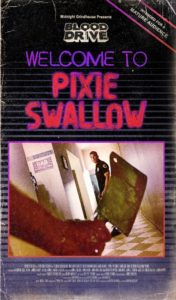 And then it’s, “Okay, we cannot afford all of these actors every episode.” If you listen to Slink, he talks about how the race goes on different paths every day, so that explains why you can’t have The Gentleman and The Scholar in every episode. They go out and they come back in and out of the story, so you can go a couple of episodes without seeing them and then seeing them again. It’s like revisiting old friends. Otherwise the only other answer was to cut out Domi and Cliff and just have The Gentleman and The Scholar or something like that. Even though you’re gonna get more of The Gentleman and The Scholar, you’re also gonna shrink the scope of your world.
And then it’s, “Okay, we cannot afford all of these actors every episode.” If you listen to Slink, he talks about how the race goes on different paths every day, so that explains why you can’t have The Gentleman and The Scholar in every episode. They go out and they come back in and out of the story, so you can go a couple of episodes without seeing them and then seeing them again. It’s like revisiting old friends. Otherwise the only other answer was to cut out Domi and Cliff and just have The Gentleman and The Scholar or something like that. Even though you’re gonna get more of The Gentleman and The Scholar, you’re also gonna shrink the scope of your world.
I think it’s weirdly both a blessing and a curse because from the very first daily of the show, I don’t think the network had any idea how good it was going to look. We were all kind of really blown away, but the curse of that is that they forget that it’s a low budget show.
TrunkSpace: (Laughter) And when you get a second season, you get the same budgets!
Roland: Exactly!
I’m glad that you saw that that. I have worked with a lot of crews. My first career was as an assistant director. I did that for seven years. I worked with damn good crews and non-union crews. As an executive assistant, I worked with some of the best television crews. The South African team rivaled all of them. We would walk onto the sets and my jaw would drop at how intricate the set was.
When I saw what the costume department was doing with Slink and Aki… all of those costumes are handmade, handcrafted, and fitted. The rule was that they never dress the same way twice. Slink never dresses the same way twice, within reason. I think after six or seven episodes, you might see a recycle here or there, but it needs to feel different every time and they pulled that off. If you watch, his top hat is always changing. Those are all made by hand.
TrunkSpace: You hear this a lot in the horror/indie worlds, but sometimes when you’re forced to rethink your budgets and think outside-the-box, that’s when the magic happens.
Roland: Yeah, it’s true. Please don’t let the people with the paycheck hear that, but it’s true. (Laughter)
We talked a lot about that. I love the “Grindhouse” double feature. I love it, but their budget was 40 million dollars. That means that one of those movies, either “Planet Terror” or “Death Proof,” has the budget of our entire season. It kind of forced us to be little bit more grindhouse, for real. There are times when it shows, but those are the moments where we distract you with something shiny, so you’re not looking at the part that didn’t work. (Laughter)
TrunkSpace: How have you guys avoided more conservative groups protesting the show, because it seems like “Blood Drive” would be right up their alley as far as saving us from moral brainwashing?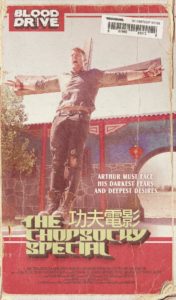
Roland: Yeah, you know, there’s one, but I expected more. There was one website that said advertisers need to pull their ads from the show. I was like, “Yeah, let’s get it started.” I was excited for it.
TrunkSpace: Usually those kinds of protests just bring in more viewers.
Roland: It always helps it. Maybe if we’d gotten more of that, it would’ve been even better for us. My gut tells me it’s because most people get it because we have a sense of humor about it. We don’t consider ourselves a spoof. We never wanted to do spoof. We technically get meta because of the show within a show aspect with Slink. All of it, even with the meta, we always make sure that what Slink says could be true for both the show you’re watching and the show he’s creating within the show.
TrunkSpace: Any word on a season 2 yet?
Roland: We haven’t heard yet. We’re waiting on pins and needles. We’ll see. We’re waiting for the official word, but I hope so. I’m dying, man. We have game plans for season 2 that kind of ups the anti to a new level. It would be amazing to get to do it.


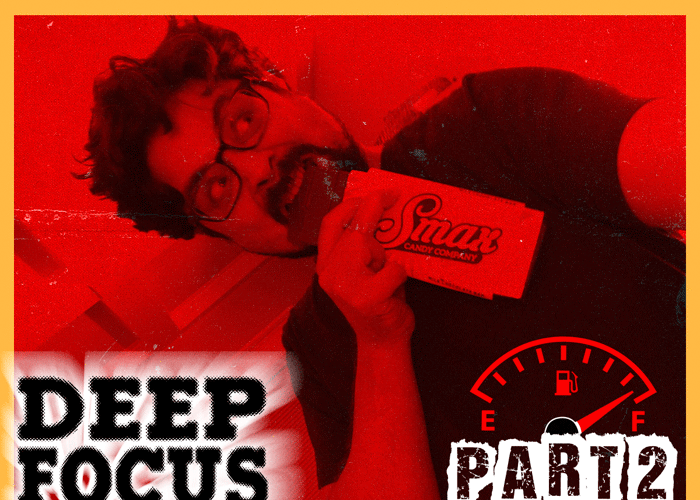
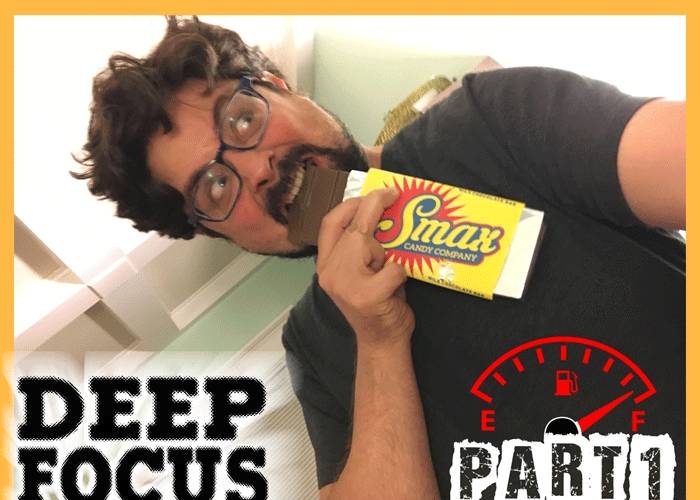
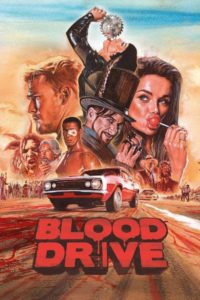 In our new column Deep Focus, TrunkSpace is going behind the camera to talk with the directors, writers, and producers who infuse our world with that perennial pop culture goodness that we can’t get enough of.
In our new column Deep Focus, TrunkSpace is going behind the camera to talk with the directors, writers, and producers who infuse our world with that perennial pop culture goodness that we can’t get enough of.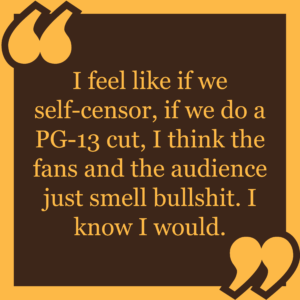
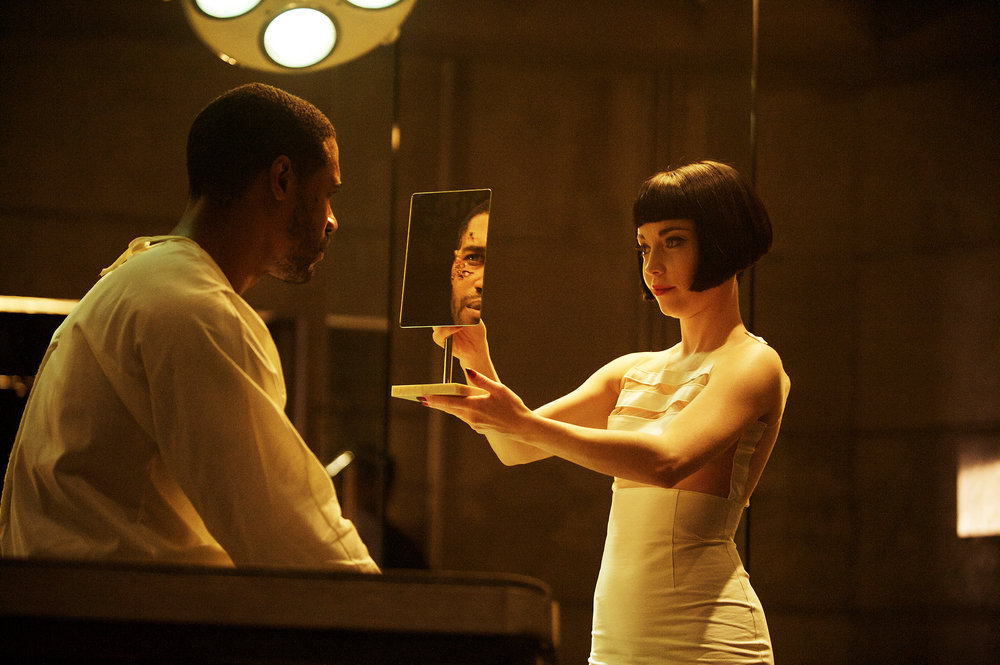
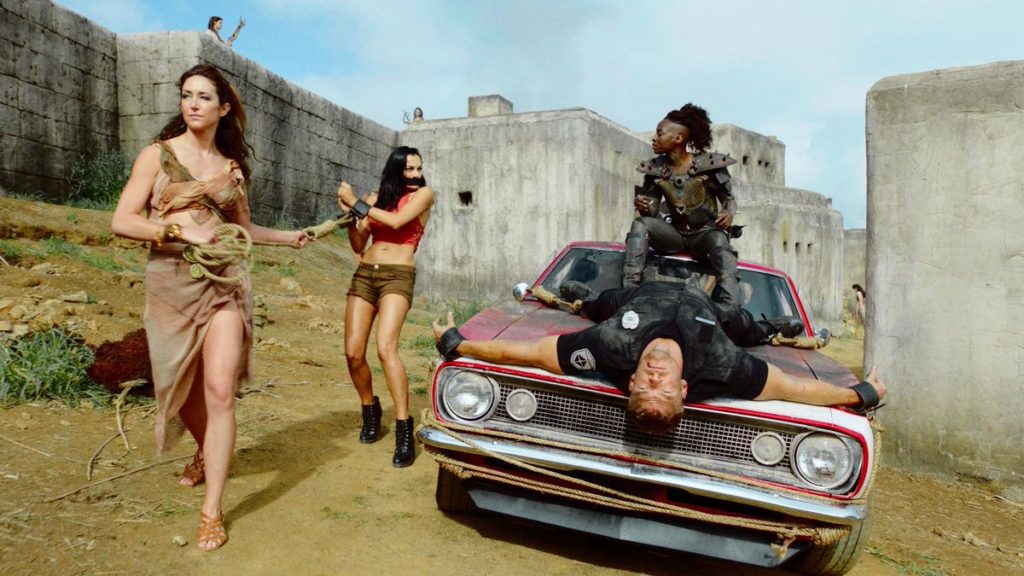

 In our new column Deep Focus, TrunkSpace is going behind the camera to talk with the directors, writers, and producers who infuse our world with that perennial pop culture goodness that we can’t get enough of.
In our new column Deep Focus, TrunkSpace is going behind the camera to talk with the directors, writers, and producers who infuse our world with that perennial pop culture goodness that we can’t get enough of.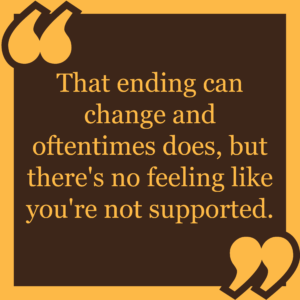 work and then watching and going, “Okay, I think that’s great, I’d like to use that for my own project.” Or, “That’s not so great, maybe I’ll try a different way. I think there might be a better way of doing things.”
work and then watching and going, “Okay, I think that’s great, I’d like to use that for my own project.” Or, “That’s not so great, maybe I’ll try a different way. I think there might be a better way of doing things.”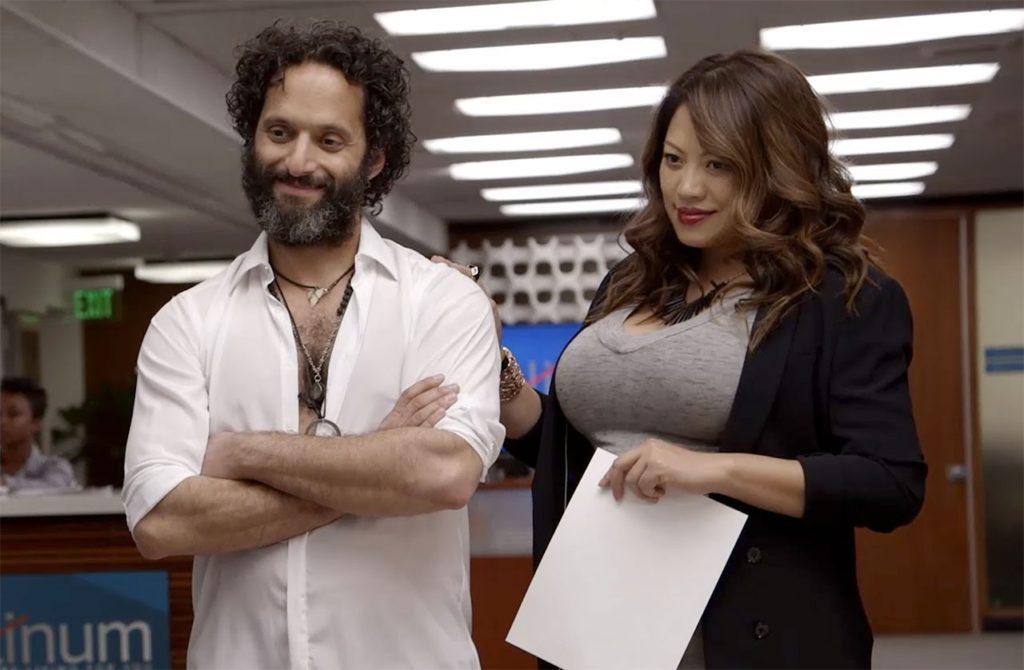
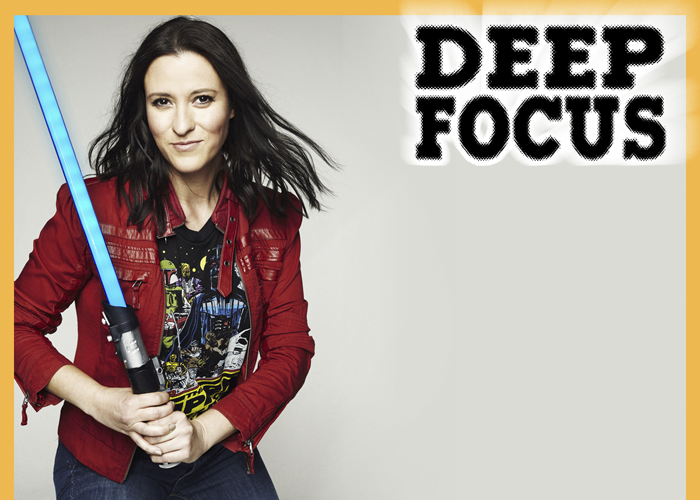
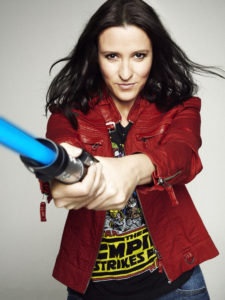
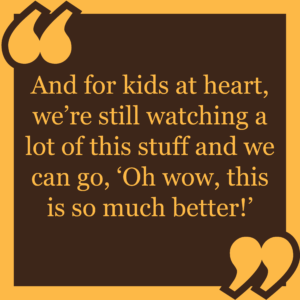

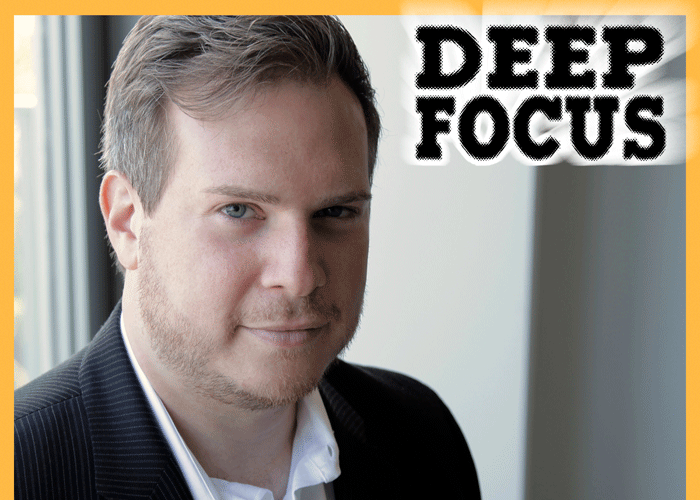
 In our new column Deep Focus, TrunkSpace is going behind the camera to talk with the directors, writers, and producers who infuse our world with that perennial pop culture goodness that we can’t get enough of.
In our new column Deep Focus, TrunkSpace is going behind the camera to talk with the directors, writers, and producers who infuse our world with that perennial pop culture goodness that we can’t get enough of.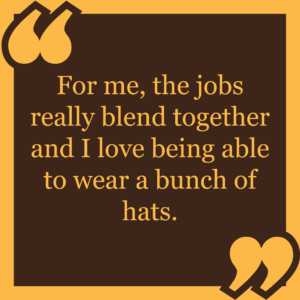 already figured out a lot of that stuff and were able to make the backstory that was in “Trial & Error” the main story here. I think the script itself was really rich and my job was to just kind of make it all come to life… try to make the piece feel as real as possible, at least at the very beginning. It was important to me to try to make it seem like it really could have been an unearthed kind of “Dateline” news magazine piece, but then as you go along I really wanted to play up a lot of fun formal elements and breaks and just try to figure out ways to keep it interesting and build the comedy. If you go too heavy in the front, it’s going to feel weird and you’re going to say to yourself, “This is too much of a parody.” You kind of have to find your groove and eventually figure out how to break out of that mold and be funny.
already figured out a lot of that stuff and were able to make the backstory that was in “Trial & Error” the main story here. I think the script itself was really rich and my job was to just kind of make it all come to life… try to make the piece feel as real as possible, at least at the very beginning. It was important to me to try to make it seem like it really could have been an unearthed kind of “Dateline” news magazine piece, but then as you go along I really wanted to play up a lot of fun formal elements and breaks and just try to figure out ways to keep it interesting and build the comedy. If you go too heavy in the front, it’s going to feel weird and you’re going to say to yourself, “This is too much of a parody.” You kind of have to find your groove and eventually figure out how to break out of that mold and be funny.